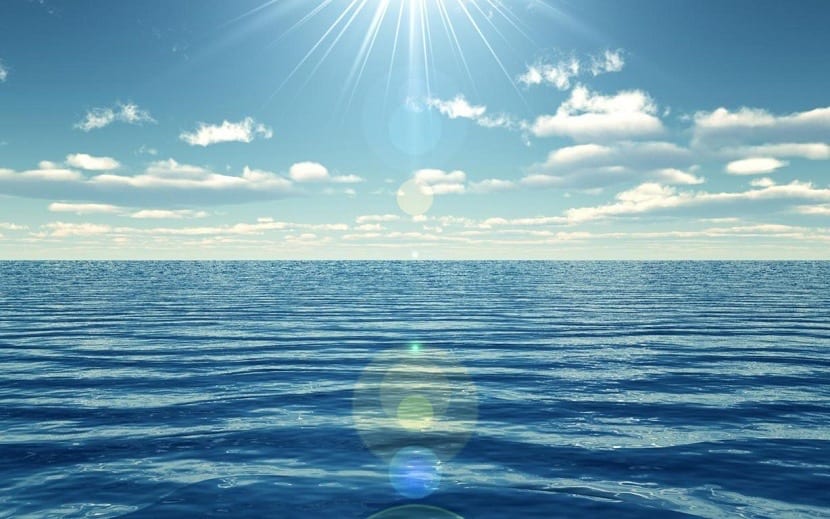
We have always known our planet as "the blue planet" and now the volume of water that exists on our Earth has nothing to do with it compared to millions of years ago. Currently the oceans of our planet occupy more than 70% of our surface and there are a total of five among which we highlight the three main ones, that is, the Atlantic, the Indian and the Pacific. However, today I want to tell you a little more about them so that in addition to knowing them with some general information, you can know what their order is according to their extension.
There really is only one ocean
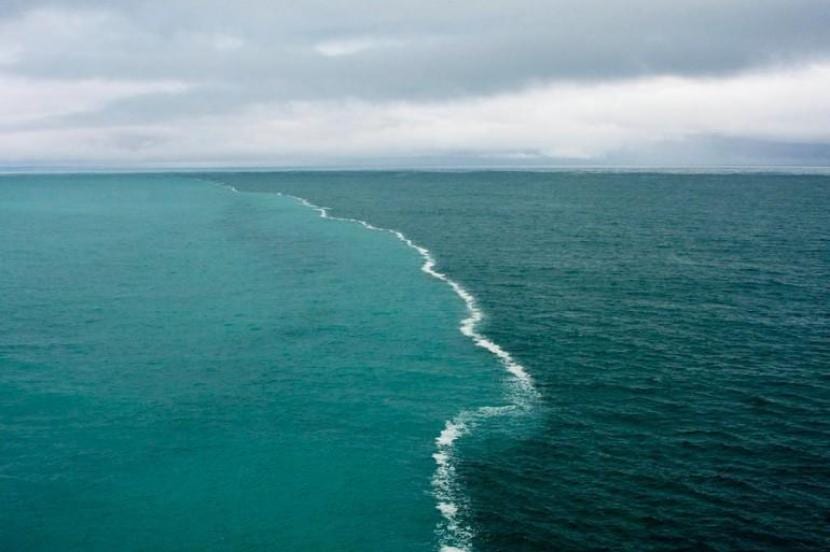
Photo for Wanderspots
Although in this article I want to give you some general details of the 5 oceans that exist on our planet, the reality is that all 5 are in the same ocean, but depending on the area where they are, they receive a different name to be able to locate them exactly.
While there is only one global ocean, the large body of water that covers 70 percent of the earth, but is geographically divided into different zones. The boundaries between these regions have evolved over time for a variety of historical, cultural, geographic, and scientific reasons.
Historically, there were four oceans: the Atlantic, Pacific, Indian, and Arctic. However, most countries - including the United States - now also recognize the Southern Ocean (Antarctica) as the fifth ocean. But the Pacific, Atlantic, and Indian Oceans are known as the three great oceans of the planet because of their great extension.
The Antarctic Ocean is the new ocean, but not all countries agree on the limits that have been proposed for this ocean (it extends from the coast of Antarctica), but it is currently the 5th ocean and it must be taken into account to be able to name them all. Next I will talk to you in some general lines so that you know a little more about each of the 5 oceans that exist within the only great Ocean.
Pacific Ocean
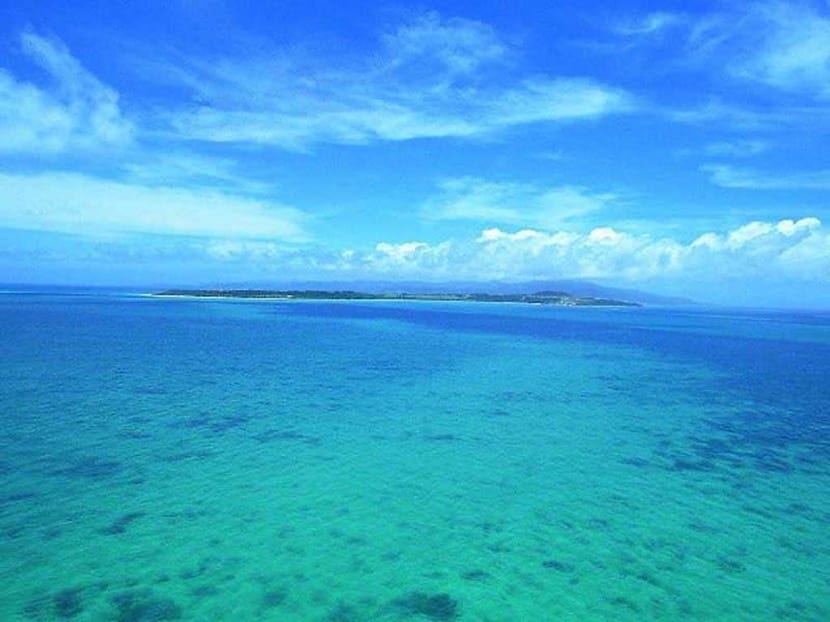
Extension: 166.240.992,00 square kilometers.
The largest ocean on our planet occupies a third of the Earth's surface and stretches from the Arctic in the north to Antarctica in the south, hosting more than 25.000 islands, which is equivalent to more than all the other oceans combined. The Pacific Ocean occupies 30% of the Earth and is located between the Americas to the East of the Pacific Ocean basin and the continents of Asia and Australia to the West. The equator divides it into the North Pacific Ocean and the South Pacific Ocean.
The name comes from the word "peace", and got the name from the Portuguese explorer Fernando Magellan in 1521 called these waters "Pacific Ocean" which means peaceful sea. Its seas have been plowed by numerous ships throughout history.
Atlantic Ocean
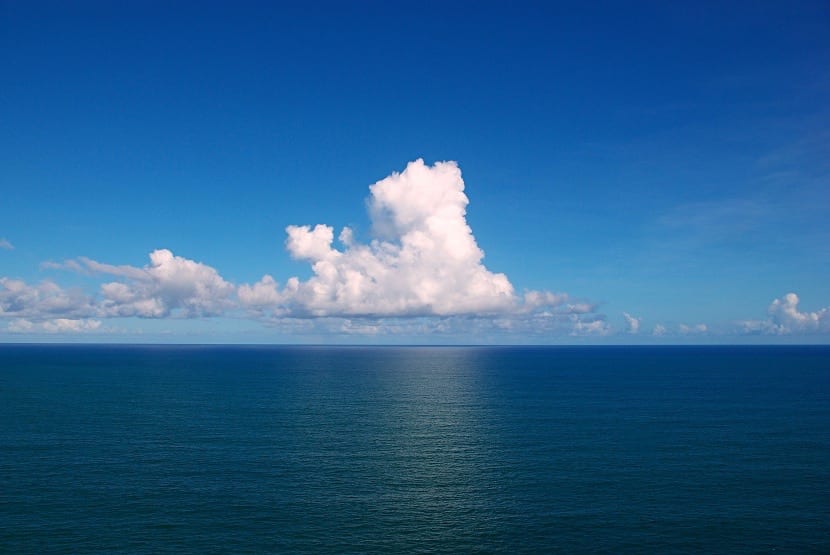
Extension: 82.558.000,00 square kilometers.
The second in extension stretches from the northern Arctic Ocean to the southern Antarctic Ocean, occupying 20% of the total surface of the planet. In addition to that, it is also known to be the youngest ocean of all, having formed around 200 million years ago when the super continent Pangea split apart.
The equator divides the Atlantic Ocean into the North Atlantic Ocean and the South Atlantic Ocean. and it is located between the Americas and the continents of Europe and East Africa. The equator divides the Atlantic Ocean into the North Atlantic Ocean and the South Atlantic Ocean.
There are many islands in the Atlantic Ocean, among the best known are: The Bahamas, Canary Islands (Spain), Azores (Portugal), Cape Verde Islands, Greenland, which is not only the largest of the islands in the Atlantic Ocean, but also on earth.
The word that originates 'Atlantic' comes from Greek mythology which means 'Sea of Atlas'. Atlas was the titan who had to be on the edge of the earth and carry the heavens (celestial spheres) on his shoulders as punishment imposed by Zeus since Atlas had fought against the Olympian gods to have control of the heavens.
Indian Ocean
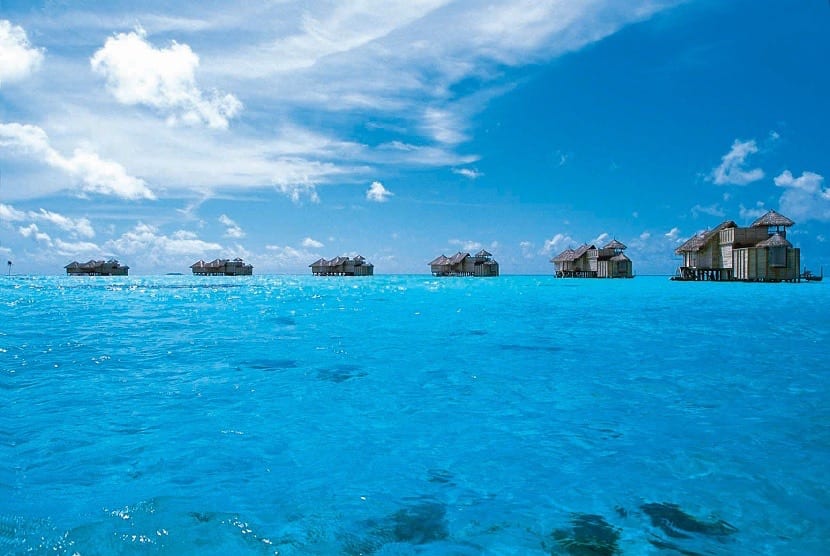
Extension: 75.427.000,00 square kilometers.
Covering approximately slightly less than 20% of the earth's surface, the Indian Ocean is responsible for bathing the coasts of the Middle East, South Asia, Australia, East Africa and Southeast Asia.
There are many islands in the Indian Ocean, among the best known are: Mauritius, Reunion, Seychelles, Madagascar, The Comoros (Spain), Maldives (Portugal), Sri Lanka, formerly known as Ceylon. The name comes from the location around the Indian peninsula.
Antartic Ocean

Extension: 20.327.000,00 square kilometers.
The penultimate ocean in extension is the Antarctic Ocean, which completely surrounds Antarctica, circling the globe completely, just as the Arctic Ocean does. This ocean is also known as the Southern Ocean.
The structure of the ocean includes a continental shelf at least 260 kilometers wide that reaches its maximum width of 2.600 kilometers in the vicinity of the Weddell and Ross Seas.
Arctic Ocean
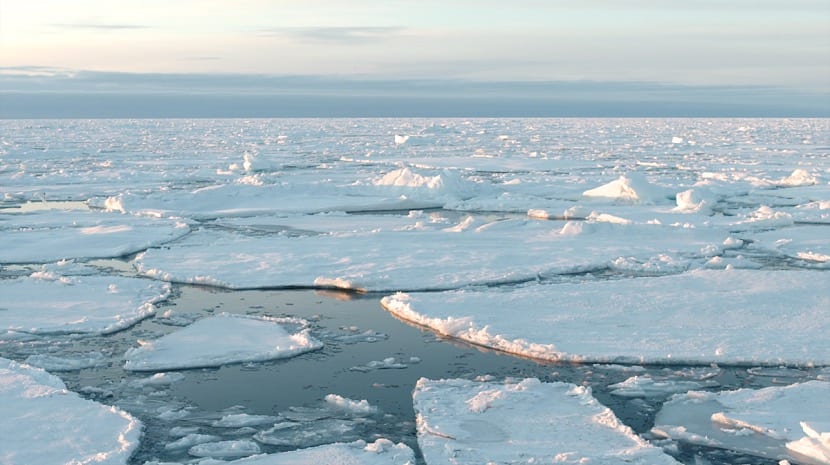
Extension: 13.986.000,00 square kilometers.
Last but not least, we have the Arctic Ocean, which is responsible for surrounding the North Pole, hosting large masses of ice throughout the year. This is located in the north of our continent, Asia and America. The Arctic Ocean is the smallest of all oceans but it has seas that are little known because of its hostile climate and the year-round ice covering the seas.
Almost landlocked, the Arctic Ocean is bordered by Greenland, Canada, Alaska, Russia, and Norway. The Bering Strait connects to the Pacific Ocean and the Greenland Sea is the main link to the Atlantic Ocean.
The Arctic Ocean ice area is shrinking by 8% every ten years. We should all become aware of what is happening with climate change and protect our planet.